Sad choices
greybird
12 years ago
Related Stories

MORE ROOMSReaders' Choice: The Top 20 Kids Rooms of 2011
Need ideas for your son or daughter's room? Go no further than the most popular kids rooms on Houzz — chosen by you!
Full Story
LIVING ROOMSReaders' Choice: The 10 Most Popular Living Rooms of 2012
Every design style gets a shout-out in the most saved living room photos of the past year — see if any elements speak to your own tastes
Full Story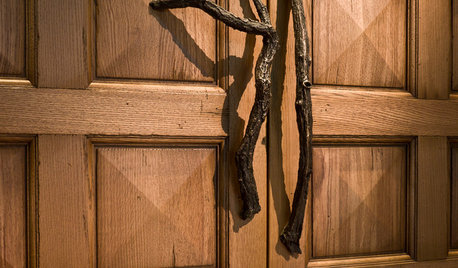
WOODWoodipedia: Make a Solid Choice With Oak
Forget those low-end products of old. Red and white oak today are beautiful, versatile and relatively inexpensive
Full Story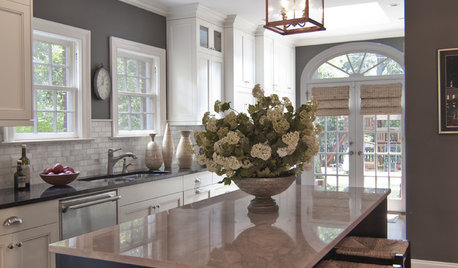
KITCHEN DESIGNReaders' Choice: The 10 Most Popular Kitchens of 2012
Citing savvy organizational solutions, gorgeous lighting and more, Houzzers saved these kitchen photos in droves
Full Story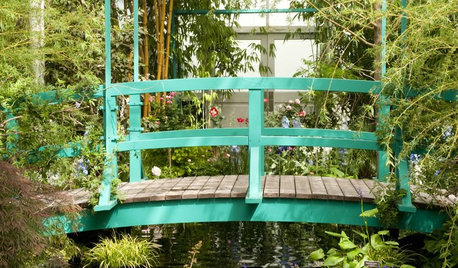
FLOWERSLessons from Monet's Garden
See how to bring the impressionist painter's vision to life in your own landscape with these flower choices and garden design ideas
Full Story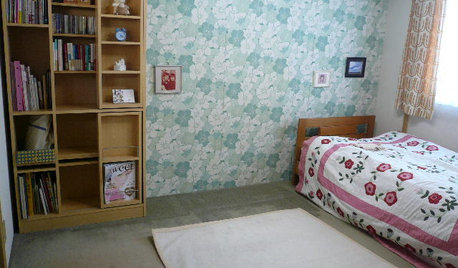
BOOKSCan Tidying Up Result in Life-Changing Magic?
Organizing phenom Marie Kondo promises big results — if you embrace enormous changes and tough choices
Full Story
COLORSpeed-Dial Color Selection to Get the Best Result
You’ve belabored your color decisions and are still stuck. Here is how to evaluate your space and make choices that are right for you
Full Story
ARCHITECTUREDo These Surprising Contemporary Exteriors Hint at the Future?
Unconventional homes may someday be commonplace, thanks to more building choices than ever before
Full Story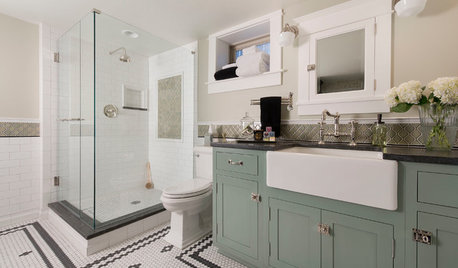
BATHROOM DESIGNHow to Choose the Right Toilet
Style, seat height, flushing options, color choice and more will help you shop for the right toilet for you
Full Story
ARCHITECTUREModern or Contemporary Architecture? The Interiors Edition
See how one expert distinguishes between two popular camps of interior architecture. Do you agree with his choices?
Full Story







daisyincrete Z10? 905feet/275 metres
rosemeadow_gardener
Related Discussions
Sad Sad
Q
Just noted - sad news at Hosta Choice Gdns
Q
I am so sad with my tile choice. What can I use on the floor?
Q
sad room needs new paint
Q
harborrose_pnw
michaelg
jacqueline9CA
sherryocala
jaspermplants
anntn6b
User
harborrose_pnw
seil zone 6b MI
roselee z8b S.W. Texas
sherryocala
hartwood
ogrose_tx
hoovb zone 9 sunset 23
ogrose_tx
roseblush1
ogrose_tx
sherryocala
buford
greybirdOriginal Author
roseblush1
roseseek
roseblush1
greybirdOriginal Author
mendocino_rose
roseblush1
roseseek
strawchicago z5
greybirdOriginal Author
roseseek
jeannie2009
sammy zone 7 Tulsa
greybirdOriginal Author
roseseek
strawchicago z5